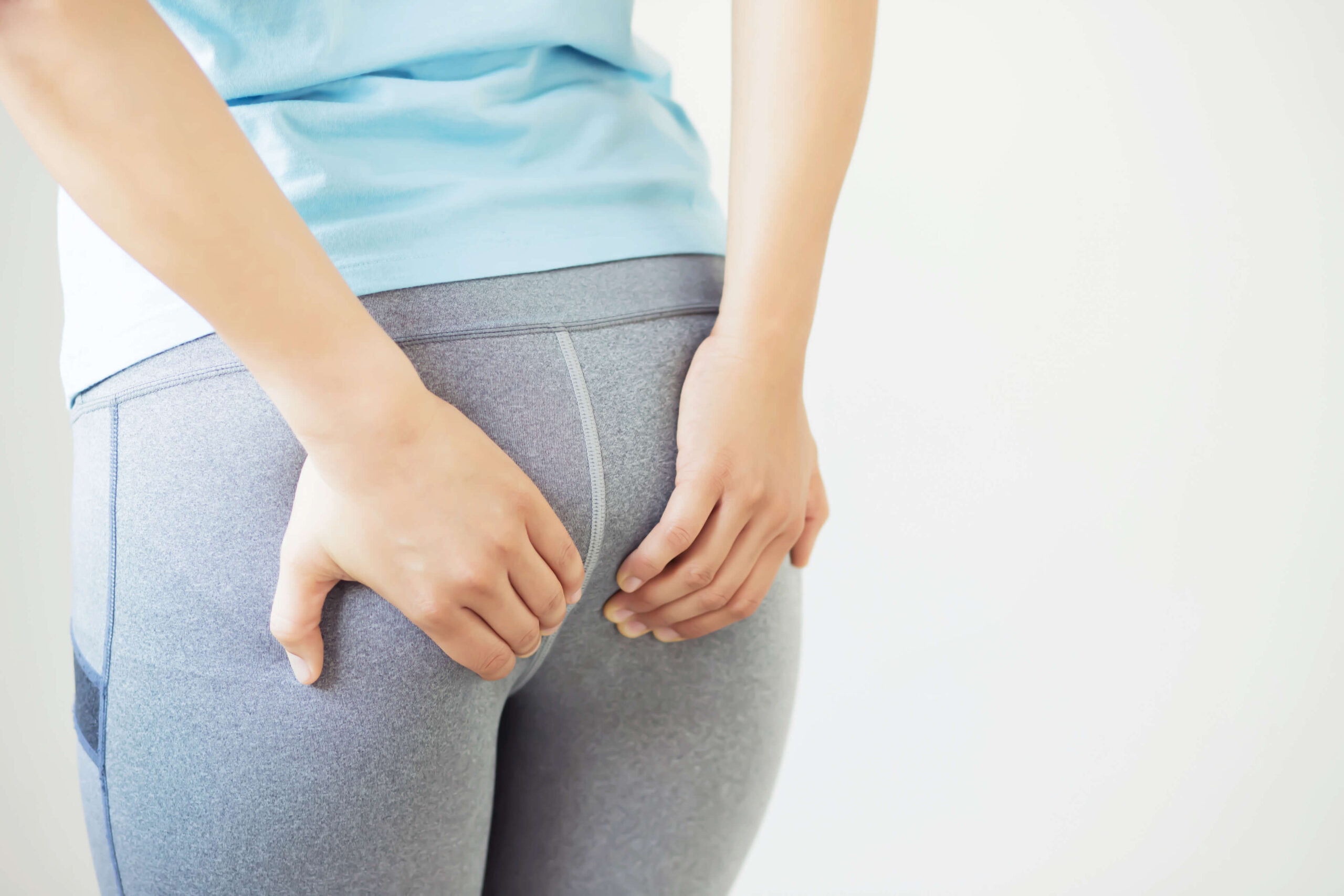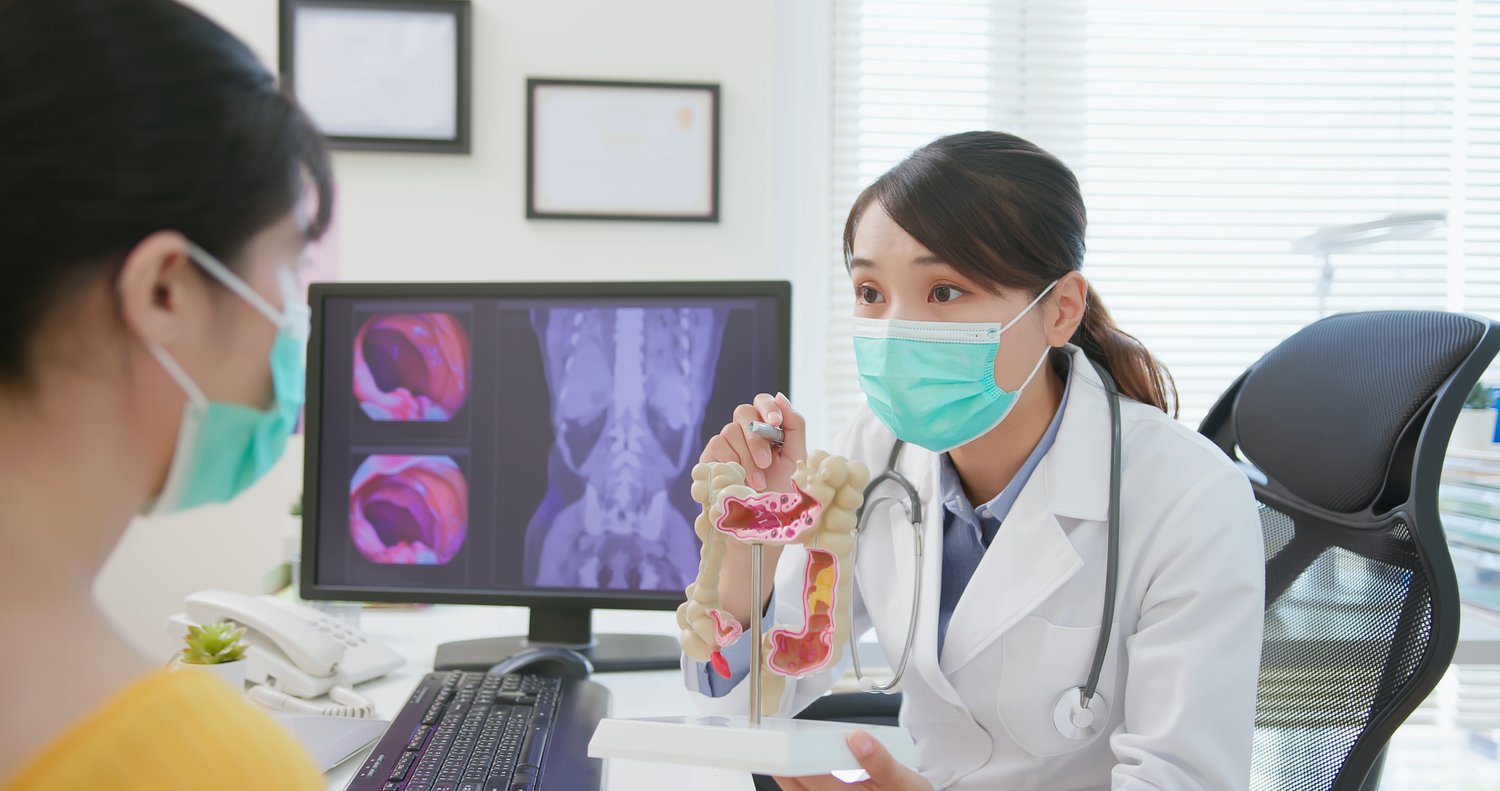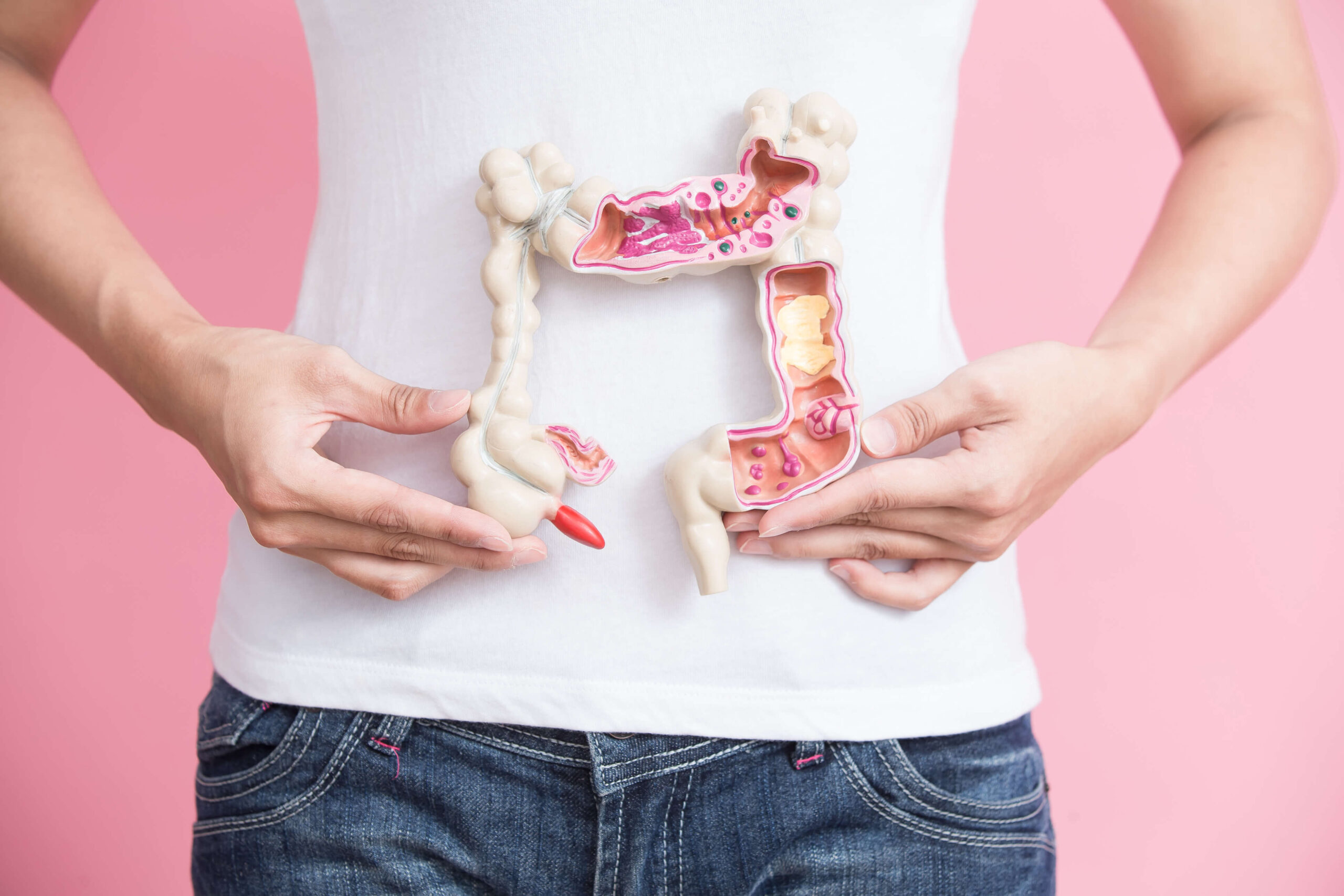Haemorrhoids, also known as piles, affect millions of men & women worldwide. They are swollen veins in the anus and lower rectum that can cause itching, burning, and pain. Some of the causes and symptoms will be specific to women, other will apply to both men and women.
Male & Female Symptoms
Although haemorrhoids can affect both men and women, there are some differences in the symptoms experienced by each gender.
Symptoms in Men
Men typically experience bleeding after bowel movements, although this is less commonly experienced by women.
In addition to bleeding, men may also experience pain or discomfort during bowel movements. This can be caused by the pressure of the haemorrhoids against the rectal wall.
Itching or irritation around the anus is also a symptom that men experience, although this is less commonly experienced by women.
Symptoms In Women
Symptoms can vary depending on the type of haemorrhoids and the severity of the case, below are several common symptoms that women may experience.
One of the symptoms of female haemorrhoids is itching around the anus. This can be a persistent and uncomfortable sensation that can be difficult to relieve. Women may also experience burning and pain around the anus, which can be especially uncomfortable during bowel movements.
In some cases, women may also experience discomfort during intercourse, possibly due to the pressure of the haemorrhoids against the vaginal wall, which can cause pain and discomfort.
The presence of blood in stools is another symptom. This can be a frightening experience and may cause some to worry about more serious health conditions. However, blood in stools is a common symptom of haemorrhoids and is not necessarily a sign of a more serious condition.
If you are experiencing symptoms, speak with a qualified specialist for an accurate diagnosis and personalised treatment plan.
Common Causes of Hemorrhoids In Women
There are various factors that can increase the risk of a woman developing haemorrhoids. Here are some of the most common factors.
Pregnancy
Pregnancy is a common cause of haemorrhoids in women, especially in the later stages of pregnancy when the uterus is enlarged and puts pressure on the veins. Changes in estrogen and progesterone levels during menstruation, pregnancy, and menopause can also cause veins to swell and become inflamed, another risk factor for haemorrhoids.
Constipation is also common during pregnancy, which is attributed to hormonal changes and the growing uterus, which can put pressure on the intestines. This can lead to haemorrhoids as straining during bowel movements puts additional pressure on the rectal area.
Diet
A diet low in fibre can contribute to the development of haemorrhoids. As fibre helps to soften stools and regulate bowel movements, reducing the need to strain, a diet low in fibre could possibly lead to constipation, which increases the likelihood of developing haemorrhoids.
Lifestyle Factors Contributing to Hemorrhoids
Obesity
Obesity is another significant risk factor for haemorrhoids, particularly in women. Excess body weight puts pressure on the pelvic veins, increasing the chances of developing swollen veins in the rectal area. Additionally, obesity can lead to poor bowel habits, such as constipation or irregular bowel movements, further exacerbating the problem. Losing weight and maintaining a healthy body weight can help reduce the risk of haemorrhoids.
Sedentary lifestyle
A sedentary lifestyle can contribute to the development of haemorrhoids. Sitting for long periods puts pressure on the rectal area, increasing the likelihood of swollen veins.
Genetics
While genetics do not directly cause haemorrhoids in women, having a family history of haemorrhoids can increase the risk of developing them. Additionally, some genetic conditions, such as Ehlers-Danlos syndrome, can weaken the walls of blood vessels and increase the likelihood of developing haemorrhoids.
Other Causes of Haemorrhoids In Women
Diarrhoea: Frequent diarrhoea can irritate the anal area and increase the risk of haemorrhoids.
Heavy lifting: Lifting heavy objects can strain the anal area and cause haemorrhoids to develop or worsen.
Ageing: The tissues in the anal area can weaken over time, increasing the risk of haemorrhoids.
Conclusion
Female haemorrhoids can be caused by a variety of factors, including pregnancy, diet and lifestyle choices, genetics, and hormonal imbalances. Women may share similar symptoms to that of men, however, there are some differences as well. By understanding the causes and symptoms of haemorrhoids, women in Singapore can take preventive measures and seek appropriate treatment if necessary.


